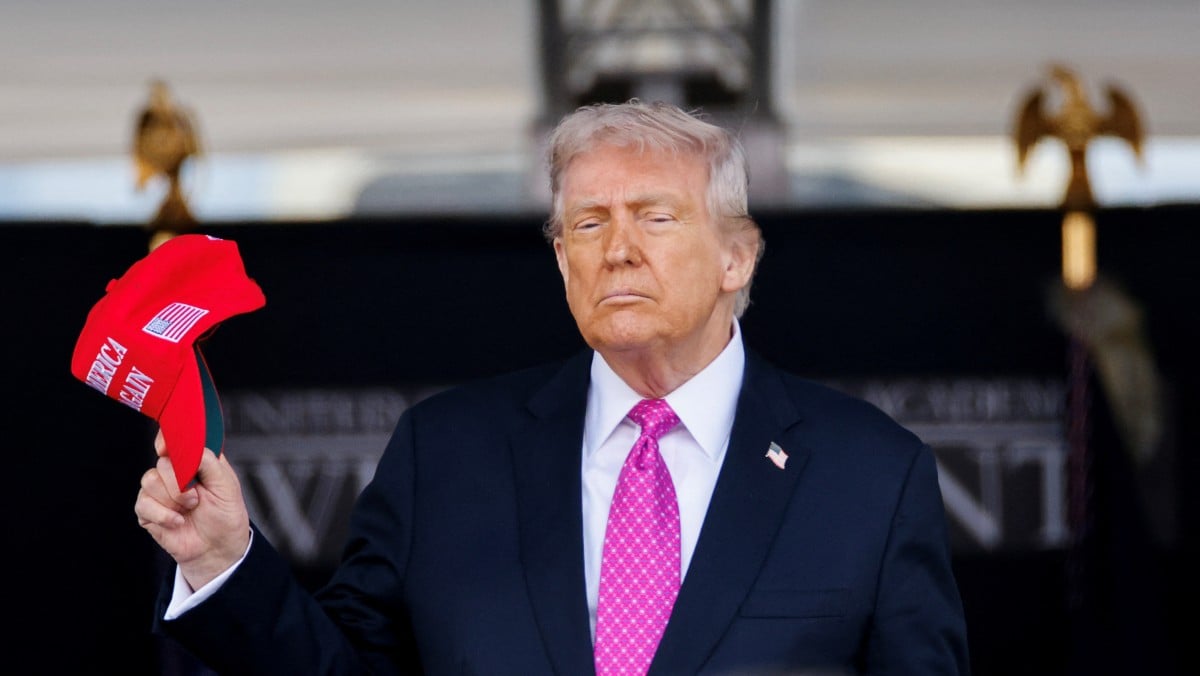

The United States and India are facing heightened trade tensions as President Donald Trump has imposed an additional 25% tariff on Indian goods, escalating an existing trade war. This new tariff is in response to India's continued purchase of Russian oil, which the Trump administration views as helping to finance Russia's war against Ukraine. The new tariff will come into effect in three weeks, in addition to the already imposed 25% duty that took effect on August 7, bringing the total tariff rate to 50% for many Indian products.
President Trump has defended the tariffs, stating that India "has not been a good trading partner" and that the U.S. will likely raise tariffs on India "very substantially" because of its oil imports from Russia. He brushed aside India's reported offer of zero tariffs, saying that India's crude oil trade with Russia is the primary concern. Trump has also hinted at the possibility of imposing secondary sanctions on other countries, including China, that purchase Russian energy.
India has strongly condemned the U.S. decision, calling the move "unfair, unjustified, and unreasonable". The Ministry of External Affairs in India accused Washington of "targeting" its oil imports from Russia and asserted that it will "take all actions" necessary to safeguard its national interests. India has maintained that its oil imports from Russia are based on market factors and are necessary to ensure the energy security of its 1.4 billion people.
Prime Minister Narendra Modi has firmly stated that India will not compromise on the interests of its farmers, fishermen, and dairy sector, even if it comes at a personal cost. "Farmers' interest is our top priority," Modi said. "India will not bow to pressure or compromise the welfare of its farmers, fishermen, or dairy farmers. If I have to pay a price for this, I am ready".
The trade relationship between the U.S. and India has been a point of contention, even as strategic and defense ties have strengthened. The U.S. has consistently pushed for greater market access, lower tariffs, and stronger protections for its tech, pharmaceutical, and agricultural exports. India, on the other hand, has resisted what it sees as disproportionate pressure to open up its economy in ways that may harm its domestic industries and small farmers.
In 2024, trade between the U.S. and India totaled an estimated $212.3 billion, with a trade deficit of $45.8 billion in India's favor. India's exports to the U.S. were $87.3 billion, while U.S. exports to India were $41.5 billion. The U.S. has been seeking to reduce this trade deficit and has expressed concerns about India's protectionist trade practices and high tariff rates.
Despite the rising tensions, talks between India and the U.S. are ongoing, including discussions toward a trade deal that could help restore calm. India is reportedly considering additional tariff concessions, as well as increased purchases of U.S. liquefied natural gas (LNG) and defense equipment. However, disagreements over e-commerce regulation, digital data flows, and price controls on medical devices have stalled progress.
Some experts believe that the U.S.-India relations are currently at their lowest point in decades. The imposition of a 50% tariff on Indian goods is the highest among all countries so far and could push the relationship to its lowest moment in years. This situation has taken many by surprise, as India was one of the first countries to start trade negotiations with the U.S., and Presidents Trump and Modi have often expressed admiration for each other.
The new tariffs mean that many Indian exports will face a handicap compared to countries with lower tariff rates. However, some key sectors, such as electronics and pharmaceuticals, may be exempt from the additional tariff. The situation remains fluid, and it is unclear where trade deal discussions are headed, especially with potential U.S.-Russia talks.
The executive order imposing the additional tariffs specifies that the new rate will apply to goods brought in for consumption, or taken out of warehouses for consumption, starting from 12:01 am EDT, 21 days after the order is issued. Goods officially brought in for consumption before this time will not be subject to the new tariff.